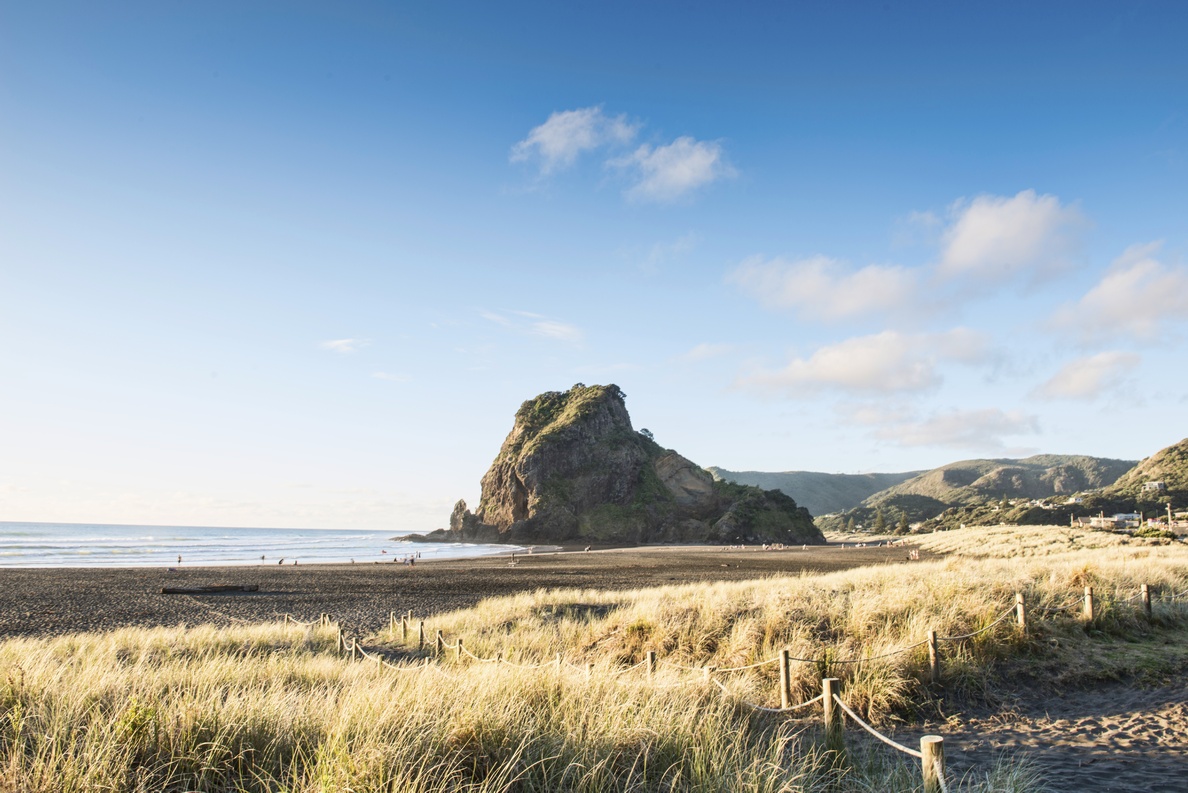River water quality state and trends in Tāmaki Makaurau / Auckland 2010-2019
Author:
Rhian IngleySource:
Auckland Council Research and Evaluation Unit, RIMUPublication date:
2021Topics:
EnvironmentExecutive summary
This report is one of a series of publications prepared in support of the State of the environment report for the Auckland region. River water quality is monitored monthly at 36 streams across the Auckland region using a range of physical, chemical, and microbiological variables or attributes. Water quality can be affected by land use activities, point and diffuse source discharges, and land and instream erosion.
River water quality is assessed in relation to national and regional objectives, and how water quality has changed over the past 10 years in relation to the current state, such as where water quality is good but declining, poor but improving, or poor and getting worse.
The current state was assessed in relation to the national objectives framework under the National Policy Statement for Freshwater Management (NPS-FM) 2020 which came into effect on 3 of September 2020. Trends were assessed for the 10-year period from January 2010 to December 2019. Trend assessment includes two parts, the assessment of the probability of the direction of the trend, and where there is a high probability of a trend (very likely) we can also estimate the magnitude of that trend. Where a specific attribute is below the minimum state or national bottom line, the NPS-FM requires that council must work towards improving the state over time for those water bodies and/or freshwater management units.
Key regional issues were highlighted including instream nutrient enrichment and potential effects of eutrophication, declining visual clarity (based on turbidity), and generally high levels of E. coli. Regionally, there are risks (below the national bottom line) of nitrate toxicity in rural streams in the Franklin area, and risks of ammonia toxicity in almost half of our monitored urban streams, with many of these streams continuing to degrade. Over a third of our monitored streams had moderate impacts of suspended sediment and these impacted streams had a higher proportion of degrading trends. Most monitored urban streams are contaminated with zinc to levels below the proposed regional bottom line, however many were very likely improving. While no streams were below the proposed regional bottom line for copper, many rural and urban streams returned very likely degrading trends in relation to copper.
The assessment of E. coli undertaken here is not in relation to identified primary contact sites or the bathing season. However, the national objectives framework also provides for an assessment of E. coli in relation to potential human contact risk for all lakes and rivers. While most rural and urban streams had very high levels of E. coli (band E), over half of the monitored streams were found to be improving over the most recent 10-year period.
Several site-specific issues were also identified where there was a high rate of change and/or multiple attributes were poor or changing within a single stream site or spatial area. A follow-on discussion paper is planned to provide further information on these streams and their contributing catchments in relation to known pressures, planned interventions, and requirements for further actions.
The information presented here, in combination with matauranga Māori knowledge, can be used to support Māori in their role as kaitiaki to protect and enhance te mauri o te wai (the life supporting capacity of water). This reporting also forms part of the knowledge base supporting the future work necessary to develop the long-term vision for Auckland rivers and streams and to set effective freshwater objectives, limits and/or targets to meet that vision as Auckland Council responds to the requirements set out in the National Policy Statement for Freshwater Management (2020).
Auckland Council technical report, TR2021/07
Published February 2021.
See also
Auckland Council's State of the environment report 2020
The health of Tāmaki Makaurau / Auckland’s natural environment in 2020
Datasheets
